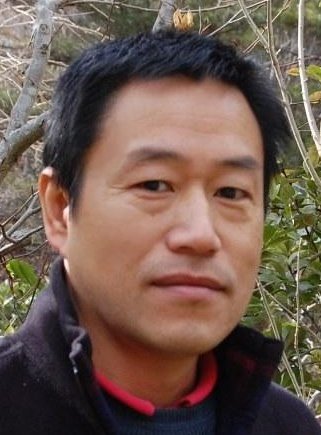Profiles and Activities
Profile
|
|
||||||||||||||||
Courses In Charge
| Introduction to Information Science |
|---|
| Starting from the basic abilities and roles of computers, and extending to the topics in brain science, signal processing, control and artificial intelligence, this lecture is aimed at understanding the overview of information science. |
| Laboratory on Support Systems |
| This laboratory is aimed at understanding the basic knowledge on electronic systems and actual design of human support systems which are composed of sensors, actuators, analog/digital circuits, and micro-computers, etc. |
| Human Interface |
| This lecture is aimed at understanding the overview of human interface, which means the problems on boundary between human and machine/information systems, based on psychophysical, physiological, and social properties of human. |
 |
Main Research
| We are interested in the computational theory and mechanism in the brain, especially for the temporal patterns like auditory/visual signals or motor command sequences. Our research is based on the methodologies of synthetic neural network modeling in conjunction with psychophysical analyses of the corresponding sensory/motor functions of human. As for a welfare engineering, we are developing human support systems for paralyzed motor functions of hemiplegic or paraplegic patients using the technology of functional electrical stimulation in collaboration with Tohoku university school of medicine. |
Introduction of Laboratory
| Researches in progress by senior students are on functional electrical stimulation to support paralyzed walking, on human auditory short-term memory, on communication with dermal electrical stimulation, and on human interface with galvanic skin response, etc. Activities of several groups of junior students ("subject-quest-project learning") are also supported in our laboratory. |
Recent Writings, etc.
| 1. | K.Kurosawa, R.Futami, T.Watanabe, and N.Hoshimiya: Joint Angle Control by FES using a Feedback Error Learning Controller. IEEE Transactions on Neural Systems & Rehabilitation Engineering, Vol.13, No.3, pp.359-371 (2005) |
| 2. | A.Iwaizumi, R.Futami, S.Kanoh, J.Gyoba: Characteristics of Human Luminance Discrimination and Modeling a Neural Network Based on the Response Properties of the Visual Cortex. Biological Cybernetics, Vol.94, No.5, pp.381-392 (2006) |
| 3. | T.Fukumoto, G.Eom, S.Ohba, R.Futami and N.Hoshimiya: Temporal Resolution of the Skin Impedance Measurement in Frequency-domain Method. IEEE Transactions on Biomedical Engineering, Vol.54, No.1, pp.170-173 (2007) |


